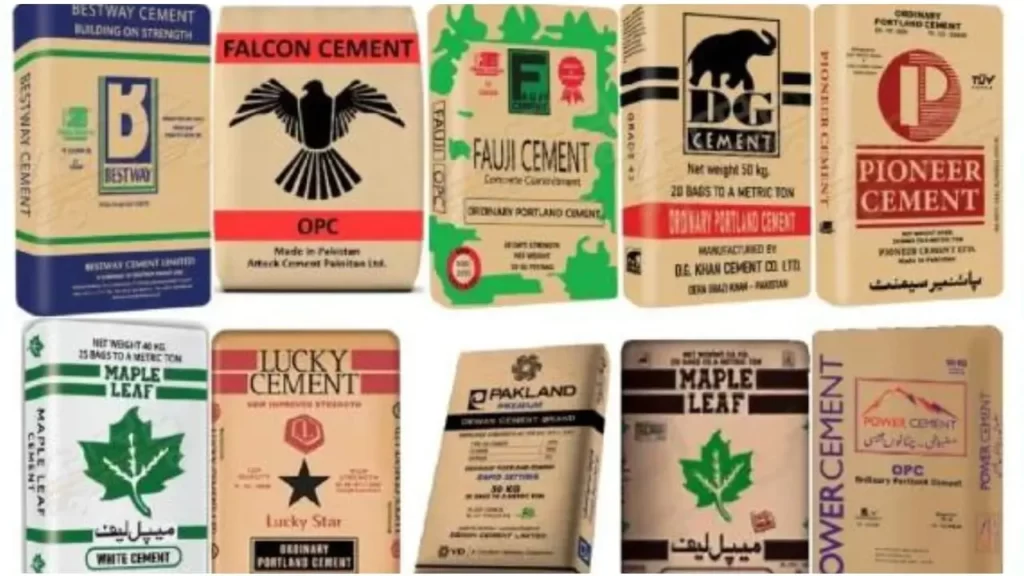Pakistan is an agricultural country where the majority of the population is directly or indirectly linked with agriculture. The agriculture sector plays a vital role in the country’s economy, contributing 18.9% to the GDP and employing 42.3% of the labor force. Fertilizer is an essential input for the agriculture sector, and the prices of fertilizers have a direct impact on the farmers’ profitability. In this article, we will discuss the current fertilizer prices in Pakistan and the factors affecting them.
Types of Fertilizers Used in Pakistan
Contents
The three main types of fertilizers used in Pakistan are nitrogenous, phosphatic, and potassic fertilizers. The nitrogenous fertilizers include urea, calcium ammonium nitrate (CAN), and ammonium sulfate (AS). The phosphatic fertilizers include single super phosphate (SSP), triple super phosphate (TSP), and diammonium phosphate (DAP). The potassic fertilizers include sulfate of potash (SOP) and muriate of potash (MOP).
Current Fertilizer Prices in Pakistan
The prices of fertilizers in Pakistan are determined by the international market, supply, and demand factors, government policies, and currency exchange rates. The following table shows the current prices of different fertilizers in Pakistan (as of April 2023):
Last Updated on Aug 1, 2023. We want to make sure you have the most up-to-date information on prices.
| Fertilizer Type | Brand | NPK Ratio | Chemical Composition | Price per 50kg Bag |
|---|---|---|---|---|
| Urea | Sarsabz | – | CO(NH2)2 | PKR 2,440 – 2,885 |
| Single Super Phosphate (SSP) | – | 0-20-0 | 20% P2O5 | PKR 2,000 – 2,890 |
| Sulfate of Potash (SOP) | – | 0-0-50 | 50% K2O | PKR 15,500 – 16,595 |
| Sulfate of Potash (SOP) | FFC | 0-0-50 | 50% K2O | PKR 15,500 – 16,590 |
| Muriate of Potash (MOP) | FFC | 0-0-60 | 60% K2O | PKR 11,900 – 12,100 |
| Sarsabz NP | – | 20-20-0 | 20% N + 20% P2O5 | PKR 9,370 |
| NPK | – | – | – | PKR 8,000 – 8,100 |
| Diammonium Phosphate (DAP) | Sona, Pakarab or FFC | 18-46-0 | 18% N + 46% P2O5 | PKR 11,600 – 11,700 |
| Diammonium Phosphate (DAP) | Sarsabz | 18-46-0 | 18% N + 46% P2O5 | PKR 11,450 |
| Calcium Ammonium Nitrate – Granular (CAN-G) | Sarsabz | 26-0-0 | 26% N | PKR 2,120 |
| Calcium Ammonium Nitrate – Fine (CAN-F) | Sarsabz | 26-0-0 | 26% N | Zinc, Iron, Manganese, Copper, Boron, and Molybdenum |
| Sona Boran | Sona | – | Boron | PKR 950 (3kg pack) |
| Sona Zinc Granular | Sona | – | Zinc | PKR 2,250 (3kg pack) |
| Zorawar | Efert. Agritrade | – | Zinc, Iron, Manganese, Copper, Boron and Molybdenum | PKR 12,175 |
Factors Affecting Fertilizer Prices in Pakistan
International Market
Pakistan is heavily reliant on fertilizer imports, and the international market plays a significant role in determining the fertilizer prices in Pakistan. The prices of fertilizers in the international market are affected by the global supply and demand factors, which include weather conditions, changes in crop patterns, and geopolitical factors.
To learn more about crop prices, check out our Wheat Prices article.
Government Policies
The government of Pakistan regulates the fertilizer industry through policies such as subsidy programs, taxation policies, and import/export regulations. The subsidy programs aim to provide farmers with affordable fertilizers, while taxation policies affect the prices of fertilizers by changing the cost of production. Import/export regulations also play a role in determining the prices of fertilizers in Pakistan.
Currency Exchange Rates
The exchange rate of the Pakistani rupee against major currencies such as the US dollar, Euro, and Pound Sterling affects the prices of imported fertilizers. A weaker Pakistani rupee leads to higher fertilizer prices, while a stronger Pakistani rupee leads to lower fertilizer prices.
Government Subsidies for Fertilizers
The government of Pakistan provides subsidies for fertilizers to ensure affordable fertilizers for farmers. These subsidies aim to reduce the burden of high fertilizer prices on farmers, which can affect their profitability. In recent years, the government has increased the subsidy amount to ensure the availability of affordable fertilizers for farmers.
Future of Fertilizer Prices in Pakistan
The future of fertilizer prices in Pakistan is dependent on various factors, including government policies, international market conditions, and the overall economic situation of the country. With the increasing demand for food security, the demand for fertilizers is expected to increase, leading to a rise in prices. The government of Pakistan has also planned to increase the production of fertilizers locally to reduce the country’s dependence on imports, which can also affect the fertilizer prices in Pakistan in the future.
Conclusion
In conclusion, fertilizers play a crucial role in the agriculture sector of Pakistan, and the prices of fertilizers have a direct impact on the farmers’ profitability. The prices of fertilizers in Pakistan are determined by various factors such as the international market, government policies, currency exchange rates, and supply and demand factors. However, the government of Pakistan is taking measures to ensure affordable fertilizers for farmers by providing subsidies and increasing local production. Monitoring these factors will ensure a sustainable agriculture sector and a prosperous economy for Pakistan.


